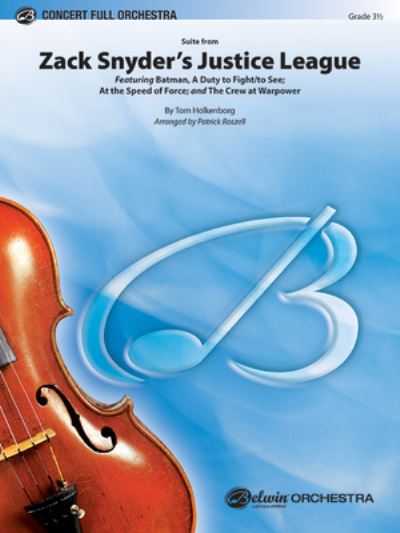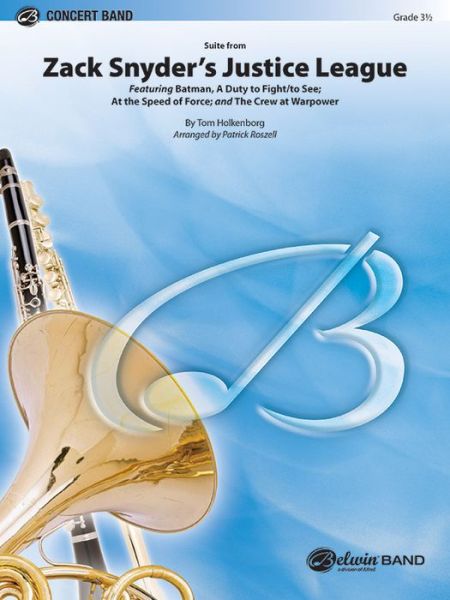
Vertel uw vrienden over dit artikel:
Enigma Variations -- Variations on an Original Theme, Op. 36
Alfred Music
Enigma Variations -- Variations on an Original Theme, Op. 36
Alfred Music
In October of 1898, Edward Elgar returned home after a long day of teaching, at dinner, then sat down at the piano to doodle on the keys. Elgar described what followed: In a little while, soothed and feeling rested, I began to play, and suddenly my wife interrupted by saying: 'Edward, that's a good tune.' I awoke from the dream. 'Eh! Tune, what tune!' And she said, 'Play it again, I like that tune.' I played and strummed, and played, then she exclaimed: 'That's the tune.' The voice of [my wife] asked with a sound of approval, 'What is that?' I answered, 'Nothing - but something might be made of it.' This tune is what became the theme to one of the greatest works in the orchestral repertoire, VARIATIONS ON AN ORIGINAL THEME or the ENIGMA VARIATIONS. Elgar called the variations Enigma, not to be thought of as a riddle so much as a dark saying [that] must be left unguessed., though he also hinted that a hidden melody is also embedded within the music. Each of the fourteen variations functions as a musical caricature of a specific friend, starting with his wife Alice (C. A. E.), and ending with himself (E. D. U.). The middle variations refer to: II. H. D. SP. (Hew David Steuart-Powell), III. R. B. T. (Richard Baxter Townshend), IV. W. M. B. (William Meath Baker), V. R. P. A. (Richard Penrose Arnold), VI. Ysobel (Isabel Fitton), VII. Troyte (Arthur Troyte Griffith), VIII. W. N. (Winifred Norbury), IX. Nimrod (Augustus J. Jaeger), X. Dorabella (Dora Penny), XI. G. R. S. (George Robertson Sinclair), XII. B. G. N. (Basil George Nevinson), XIII.*** (possibly Lady Mary Lygon of Madresfield). The work premiered in 1899 at St. James Hall in London, conducted by Hans Richter, and achieved immediate popularity, establishing Elgar's international reputation. Elgar did quickly revise the final variation, adding 96 new bars of music and an organ part, which is how the work is usually performed today. Instrumentation in set: 2(2dPicc).2.2.2+CBsn: 4.3.3.1: Timp. Perc(2
| Media | Boeken Paperback Book (Boek met zachte kaft en gelijmde rug) |
| Vrijgegeven | 13 december 1901 |
| ISBN13 | 9781638873266 |
| Uitgevers | Alfred Music |
| Pagina's | 999 |
| Afmetingen | 1,65 kg (Gewicht (geschat)) |
| Taal en grammatica | Engels |
Meer door Alfred Music
Bekijk alles van Alfred Music ( bijv. Paperback Book , Book , DVD , CD-ROM en Cards )

 Kerstcadeautjes kunnen tot en met 31 januari worden ingewisseld
Kerstcadeautjes kunnen tot en met 31 januari worden ingewisseld




